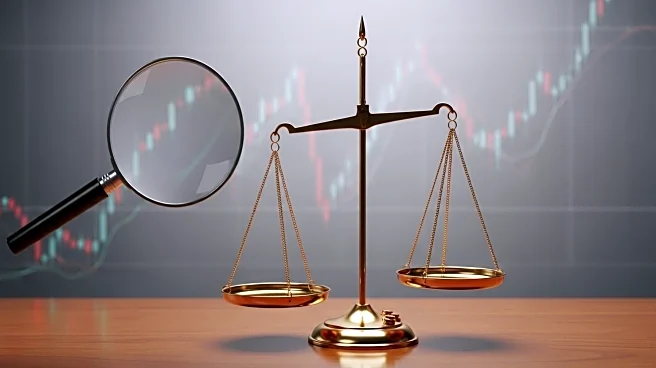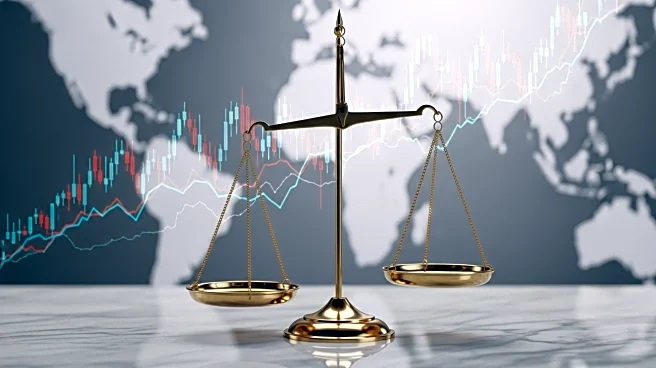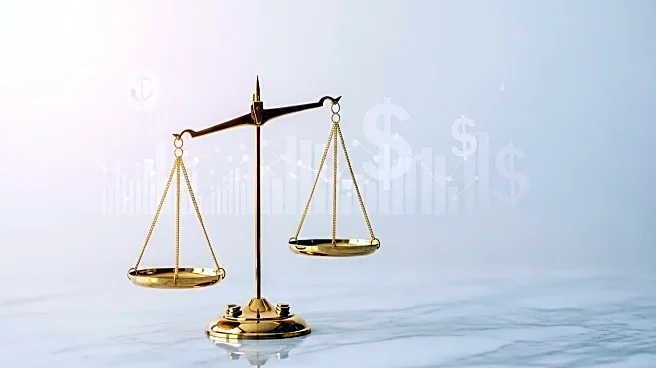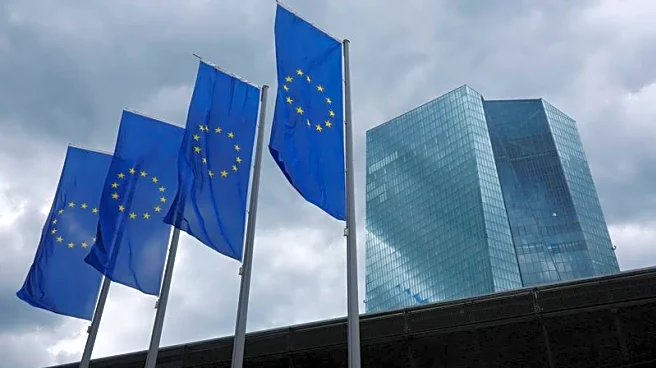What's Happening?
McDonald's CEO Chris Kempczinski has warned of a 'two-tier economy' in the U.S., where upper-income households continue to spend freely while lower-income consumers face financial pressure. This observation comes as McDonald's expands its value meal menu to cater to budget-conscious customers. The economic divide has become more pronounced post-pandemic, with inflation and elevated interest rates affecting consumer spending patterns. The richest 10% of Americans now account for half of all consumer spending, a significant increase from previous decades. Lower-income consumers are experiencing higher levels of credit card debt and increased hardship withdrawals from retirement plans.
Why It's Important?
The economic divide highlighted by McDonald's CEO has significant implications for the U.S. economy and consumer market. As lower-income consumers reduce spending, businesses that rely on discretionary spending may face challenges, potentially leading to slower economic growth. This trend could also exacerbate social inequalities, as financial stress among lower-income groups increases. Companies may need to adjust their strategies to cater to different consumer segments, focusing on value offerings to attract budget-conscious customers. The situation underscores the importance of addressing economic disparities to ensure sustainable growth and stability in the consumer market.
What's Next?
The economic divide may prompt businesses to further expand value offerings and adjust pricing strategies to accommodate lower-income consumers. Analysts expect other restaurant brands to follow McDonald's lead in enhancing value menus. The upcoming government jobs report for August will be closely watched for signs of pressure on U.S. consumers, with potential implications for monetary policy and interest rates. If job market weakness persists, financial stress among lower-income consumers could eventually impact higher-income groups, leading to broader economic challenges. Companies may need to innovate and adapt to changing consumer behaviors to maintain competitiveness.












